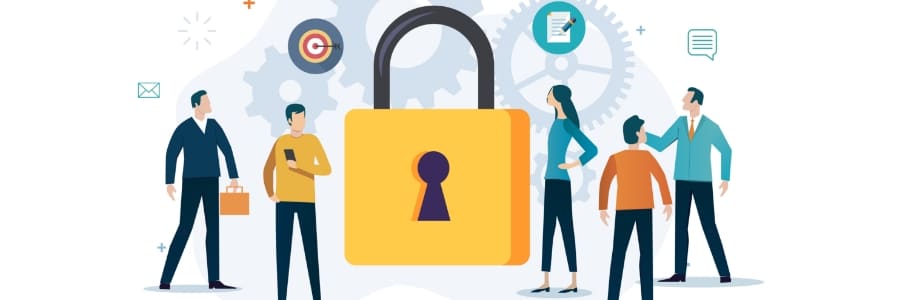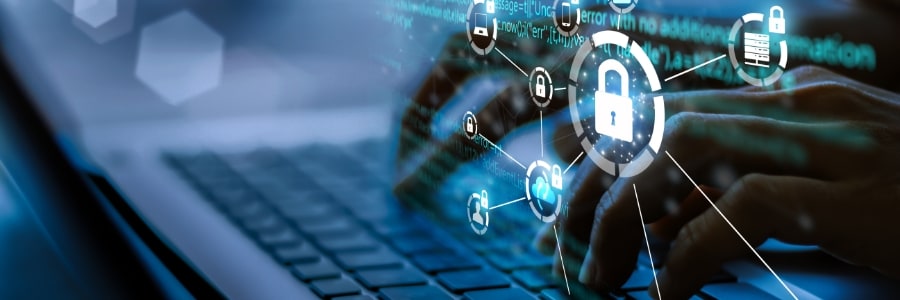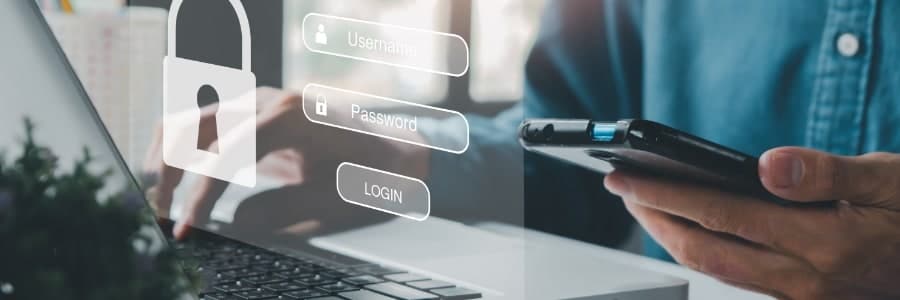For many, the internet is an important part of their everyday lives. They use it for shopping, banking, and keeping in touch with loved ones and friends. A lot of people, however, are not aware of the many cyberthreats that can steal sensitive information or corrupt their data.
Most commonly used terms in cybersecurity explained
A short guide to IT security lingo
How to secure your personal information on Facebook and Twitter
Safeguarding social media: Tips for keeping your personal information protected
3 Types of hackers and what they do
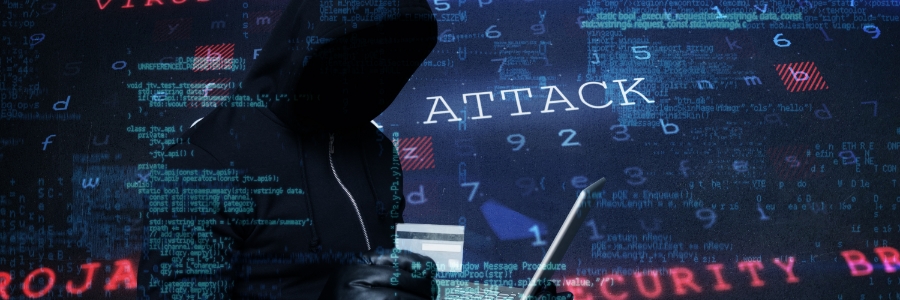
There are many hackers in the world. Some hackers just want to cause mischief, while others have more malicious intentions. In this blog post, we will explain the three main kinds of hackers and how they differ from one another.
A complicated history
In the 1950s, the term “hacker” was vaguely defined as someone who explored the details and limits of computer technology by testing them for a variety of purposes.
3 Types of hackers: What you need to know
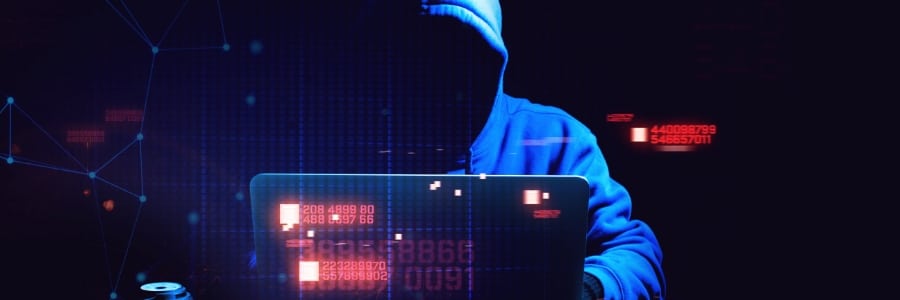
While there are many similarities among hackers, there are also some key differences among them. Some hackers want money for themselves and resort to evildoings, while others just want to make the world a better place. In this blog post, we will discuss the three main types of hackers and what you need to know about them.
Working remotely? Follow these cybersecurity tips

Working from home is becoming an increasingly popular option for employees around the world. While this flexible work arrangement can be a great perk for employees, it also comes with its own set of security risks. Follow these cybersecurity tips so you can protect yourself, your personal information, and your company's data while telecommuting.

